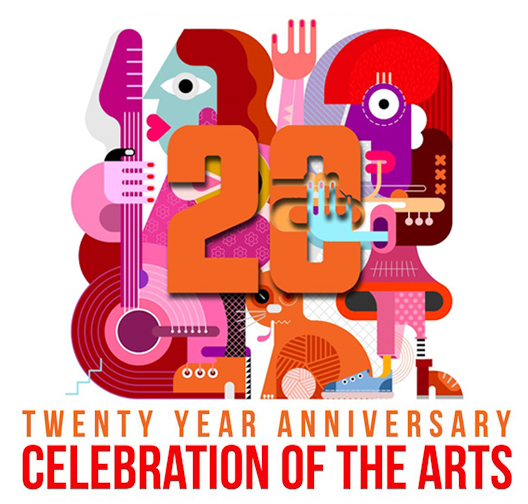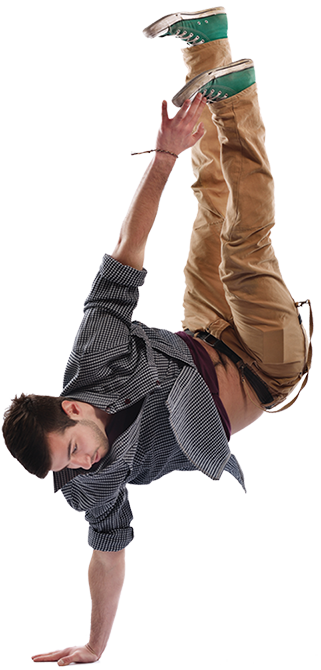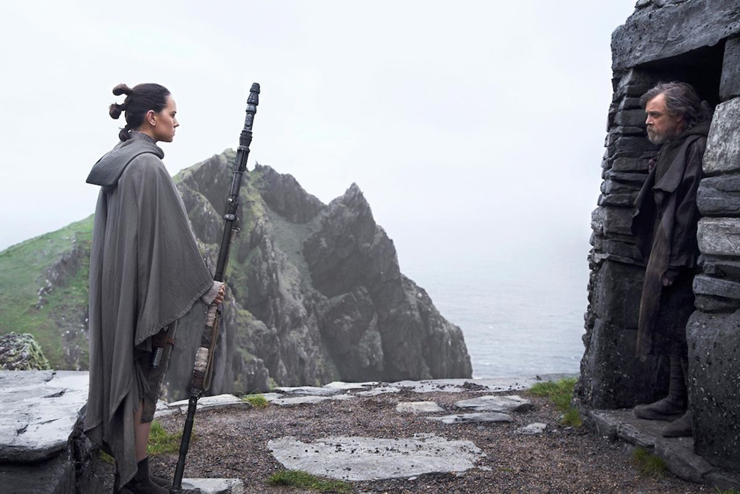
Daisy Ridley, Mark Hamill.
The equestrian creatures shatter the high-end casino's windows, and the animals, mistreated and exploited for rich people's pleasure, proceed to smash tables and wreak havoc. All while led by two young people of humble background: a dark-skinned man and a woman with East Asian features. The imagery is not subtle, and you don't have to be a sociology scholar to grasp the metaphorical weight of what's unfolding onscreen.
I was halfway through an advance screening of “Star Wars: The Last Jedi,” and the same thought kept popping up in my head: “Now this is something I haven't seen in a “Star Wars” film.” That frisson of moviegoing delight was something I hadn't felt from the popular sci-fi franchise since Anakin Skywalker, the future Darth Vader, used his lightsaber to massacre grade school-aged Jedi pupils in “Revenge of the Sith.” (That's “Episode III,” for those of you not keeping count.)
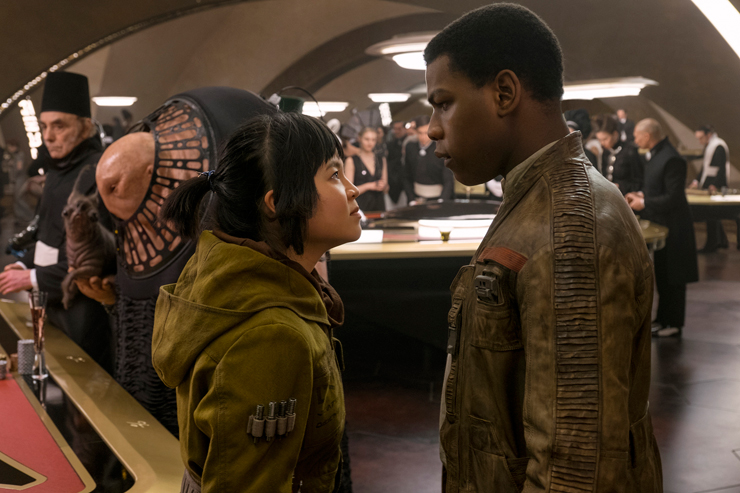
Kelly Marie Tran, John Boyega.
But I'm getting ahead of myself, so let's rewind, or in this case, flash forward in the Skywalker saga's chronology. When we last left the Rebel Alliance, at the end of “The Force Awakens,” they were in dire straits. It pains me to report that the situation has only worsened in the short time bridging “Episode VII” and this long, ambitious, and yes, rewarding new chapter.
But our iconic heroes' pain is our gain, because “The Last Jedi,” at least from where this critic is sitting, serves up a handful of the most satisfying moments in the franchise's history. Sure, the fan service concessions that marred “Force Awakens” are there, but they are better integrated into a narrative that aims to expand the universe and develop beloved (and not-so-beloved) characters, old and new. Large chunks of it still feel like filmmaking by committee, but there's an unmistakable attempt to challenge diehard fans and mainstream masses alike, to “Force” them to step outside their comfort zone. I was not sure what I was expecting from this surefire box office juggernaut (already breaking records as of this writing), but it wasn't something this reasonably gutsy.
That's not to say “The Last Jedi” is a perfect “Star Wars” installment. We'll get to that later, but this is the first of the Disney-released entries that didn't feel like I was consuming recycled goods.
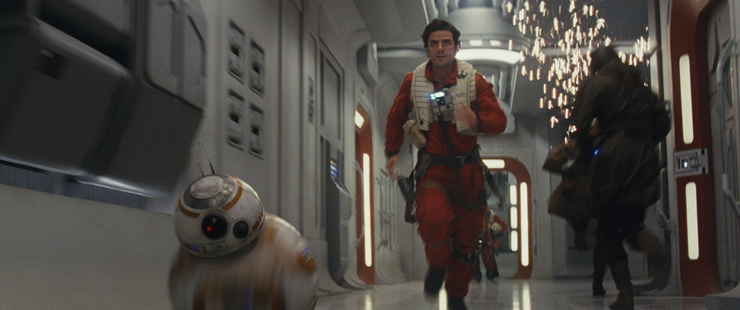
Oscar Isaac.
That closing helicopter shot of “The Force Awakens” hovered above Rey (Daisy Ridley), ostensibly holding the future of the Jedi in her hands, as she met Luke (Mark Hamill, all scruff and get-off-my-lawn bluster) in Ahch-To, a remote planet with a decidedly gray, English-moor vibe to it. But Luke, whom Rey was hoping would come back with her to join the Alliance's efforts to survive against the threat from the Third Reich-ish First Order, wants no part of that struggle, or in training Rey so she can harness her powers.
Meanwhile, on the other side of this galaxy far, far away, Luke's twin sister Leia (the late Carrie Fisher, gracing this universe for the last time) has to grapple with, not just with looming Star Destroyers and the defeat of her cause, but also the impulsive actions of hotshot Starfighter Corps Cmdr. Poe Dameron (a dreamy, genuinely funny Oscar Isaac). That conflict between the skillful pilot and his royal superior is something that writer-director Rian Johnson (“Looper”) mines to convey the cracks inside the Alliance's dwindling defense.
That weakened resistance is something Leia's son, Kylo Ren (Adam Driver) has been entrusted by Supreme Leader Snoke (another stellar motion capture turn by Andy Serkis) to exploit in order to snuff out the forces of light represented by Leia's band of rebels.
They also represent the oppressed and downtrodden, and this is where “The Last Jedi's” rather loud and in-your-face social justice agenda takes over. Stormtrooper turned Rebel sympathizer Finn (John Boyega, charismatic as usual) teams up with maintenance worker Rose Tico (charming, instantly relatable Kelly Marie Tran) to find help to solve a crucial problem preventing them to escape the First Order's clutches. Their journey takes them to the aforementioned swanky casino and on a collision course with a preachy streak that lays on a critique of multi-species strife by the masses way too thick. I approve of the message, but in “Force Awakens,” J.J. Abrams was able to plant the seeds of this thematic strand in a way that wasn't hitting the viewer over the head the way Johnson is here. Still, it's bracing to come across such a high-profile tentpole title that's not afraid to be this nakedly political. (Conservative Twitter is up in arms, to which I say boo-freakin'-hoo.)
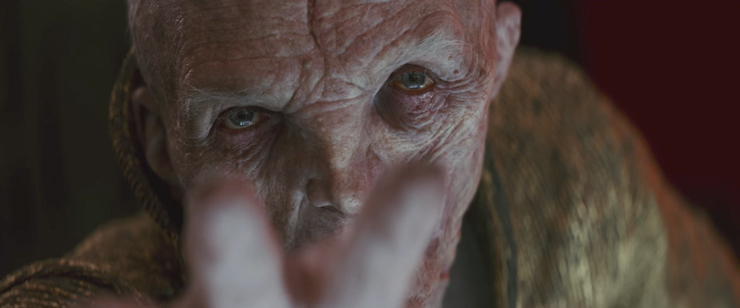
Andy Serkis.
Back in Ahch-To, a more arresting battle of wills is taking place. A determined Rey refuses to stop trying to convince a stubborn Luke to train her in the ways of the Force. Their slow-to-build bond is the movie's beating heart. This battle is less between good and evil than an internal struggle for enlightenment. It leads to a series of flashbacks that might have come across as contrived in lesser hands, but Johnson conceives these past skeletons as a “Rashomon”-like puzzle. Something that seemed cut and dried is reexamined until all you see are shades of gray.
And that extends to the way Johnson approaches the “Star Wars” universe in general. He favors character development over pulse-pounding action (though two fights in particular are vibrantly staged). And he doesn't stop at “Rashomon.” “Jedi” is a top-to-bottom Akira Kurosawa lovefest. A climactic confrontation between the beleaguered Alliance and the First Order boasts a visual splendor that recalls “Kagemusha” and “Ran.” (All very fitting since, after all, “A New Hope” is a loose remake of Kurosawa's “The Hidden Fortress.”) One long shot even brings to mind a sword fight in Michael Curtiz's “The Adventures of Robin Hood.”
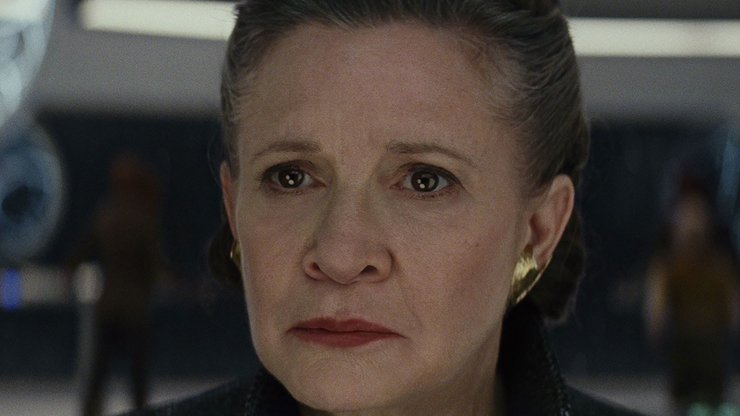
Carrie Fisher.
But Johnson ends up biting off more than he can chew. He's juggling too many storylines, and takes too long to move the narrative forward. Fatigue sets in about three-quarters of the way in. He doesn't heed the lesson of the chapter “Jedi” often resembles, “The Empire Strikes Back.” That film, still the best “Star Wars.,” ended with a whopper of a cliffhanger. Johnson resists the urge to leave most of his strands unresolved, and as a result his film begins to feel unwieldy when it should be picking up momentum. At two and a half hours, it could have used a trim of at least 15 minutes.
Much has also been made of “Jedi's” jarring tonal shifts. Johnson inserts broad humor, then abruptly makes things serious, then back again to goofy content. But the laughs feel less than a concession to “Star Wars'” younger fans than a peek into the filmmaker's own geeky sensibilities. In other words, you can criticize the uneven tone all you want, but it very rarely feels generic. Think of a competent “Harry Potter” installment, which shares this film's refusal to talk down to its audience, And this is what ultimately elevates “The Last Jedi” above its more recent predecessors, even when it stumbles: a profound affection for these realms, coupled with a desire to shake things up.
The franchise, and Hollywood in general, could use some more of this “flawed” risk-taking. Which makes some devoted fans' resistance to this depiction of the Resistance all the more confounding, In the days since I saw it, I have gone from “really, guys, it's good, but not that good” to “really, guys, it's not nearly as bad as you make it sound.”
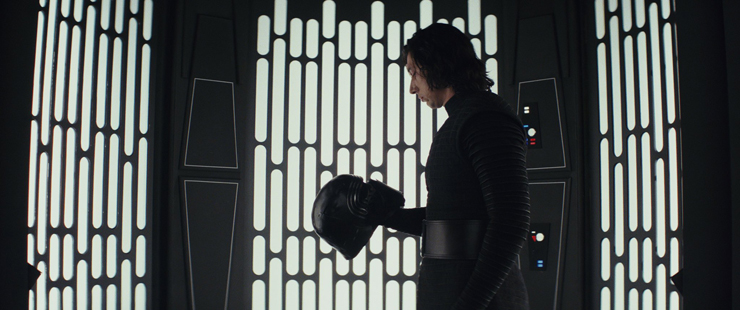
Adam Driver.
But I'm sensing some of these dissenters will end up coming around. My gut tells me “The Last Jedi” will benefit from repeat viewings in ways that “The Force Awakens” and the inexplicably praised (in some circles) “Rogue One” do not. When it comes to pop cinema at this massive level, isn't it better for a movie to take Imperial-sized chances than just giving you what you want? I'll go with yes.
